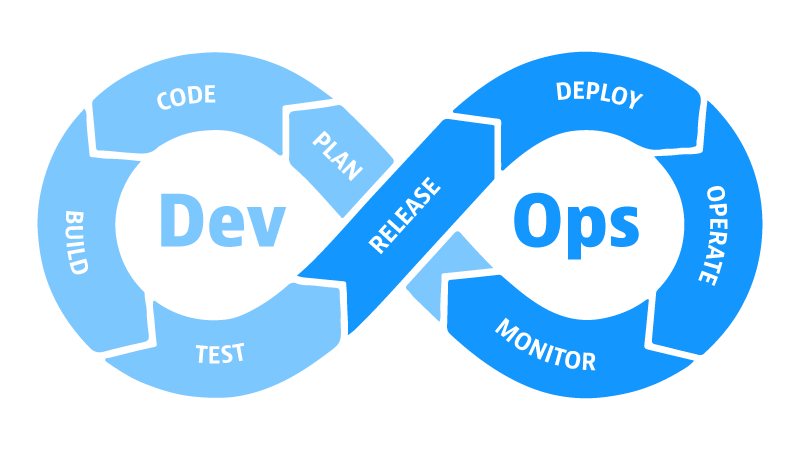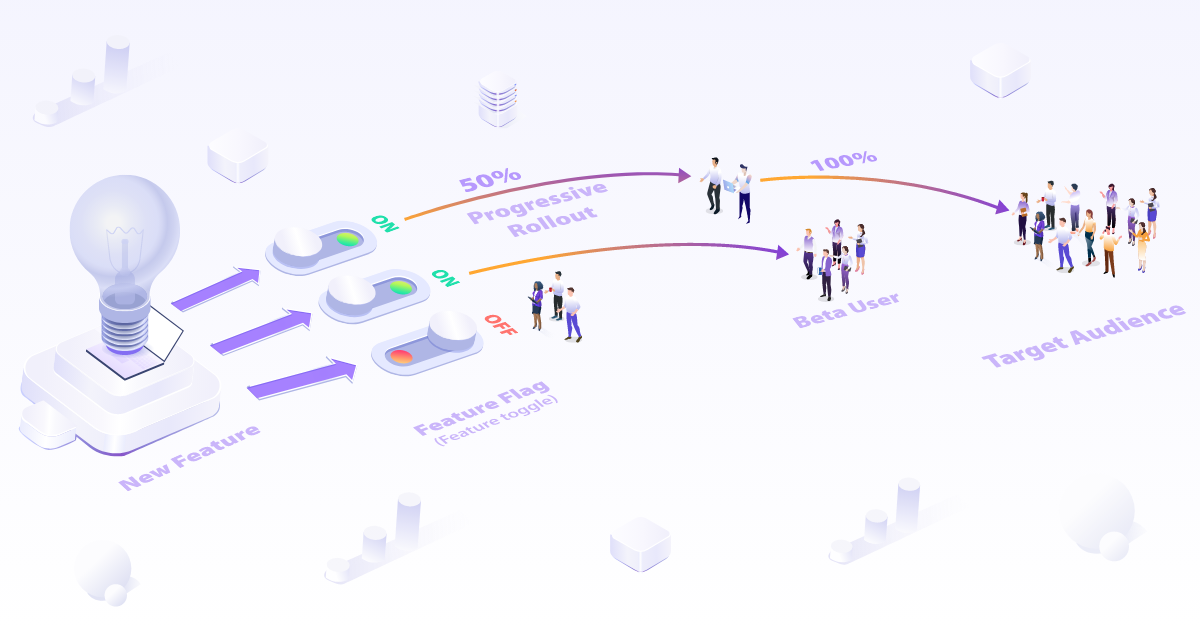Innovate
Your Software
Faster without Risk
Innovate Your Software Faster without Risk
Empowering DevOps Platform with Feature Flags for Smooth Integration

Introduction
DevOps has become the cornerstone of software development, as it promotes a culture of collaboration and efficient communication between development and operations teams. As DevOps practices continue to evolve, new tools and techniques emerge to streamline the development and deployment process. One such technique is the use of feature flags, which allows for smoother integration, enhanced flexibility, and reduced risk in the software development lifecycle. In this article, we will explore how feature flags empower DevOps platforms and provide a better experience for developers and operations teams alike.
What are Feature Flags?
Feature flags, also known as feature toggles or switches, are a software development technique that enables developers to turn features on or off within an application without having to deploy new code. This is accomplished by wrapping a feature with a conditional statement, allowing it to be toggled on or off during runtime. Feature flags are particularly useful for managing the release of new features, A/B testing, and canary testing.
Empowering DevOps with Feature Flags
- Enhanced Flexibility and Control
Feature flags provide development and operations teams with the ability to control the visibility and access of new features within an application. This means that features can be released incrementally and tested in specific environments without impacting the entire user base. Additionally, feature flags can be used to manage the availability of experimental features, enabling developers to gather feedback and iterate on their design before rolling it out to a broader audience.
- Improved Deployment and Rollback
Feature flags enable teams to deploy new features without the need for complex branching strategies or the risk of introducing errors into the production environment. Since features can be toggled on or off, deployment becomes a more straightforward process, reducing the likelihood of conflicts and issues arising from multiple code branches. In the event of an issue with a new feature, it can be quickly disabled using the feature flag, allowing for a rapid rollback without impacting the overall stability of the application.
- Reduced Risk and Enhanced Stability
In a traditional deployment process, the introduction of new features can often lead to unforeseen issues and software instability. Feature flags help mitigate this risk by enabling developers to isolate and test new functionality in a controlled environment. By incrementally releasing features to specific user groups or environments, teams can identify and address potential problems before they impact the entire application, ultimately enhancing overall stability.

-
Streamlined Collaboration Feature flags promote better communication and collaboration between development and operations teams by providing a shared language and toolset. With a common understanding of how features are released and managed, teams can work together more effectively, reducing the risk of misunderstandings and miscommunication that could impact the software development lifecycle.
-
Simplified Entitlement Management
In a DevOps environment, it is essential to manage entitlements effectively to ensure that each customer receives the appropriate features and capabilities based on their subscription or license level. Feature flags enable teams to handle this entitlement management efficiently, as they can easily configure access to specific features for different customer groups. This approach minimizes the need for extensive manual intervention and promotes a more streamlined development and deployment process.
Conclusion
Feature flags are a powerful tool that can greatly enhance DevOps practices and improve the overall efficiency and stability of software development. By providing enhanced flexibility, control, and visibility, feature flags empower teams to deliver better products while reducing risk and fostering a collaborative culture. As DevOps continues to evolve, feature flags will undoubtedly play an essential role in shaping the future of software development and deployment.